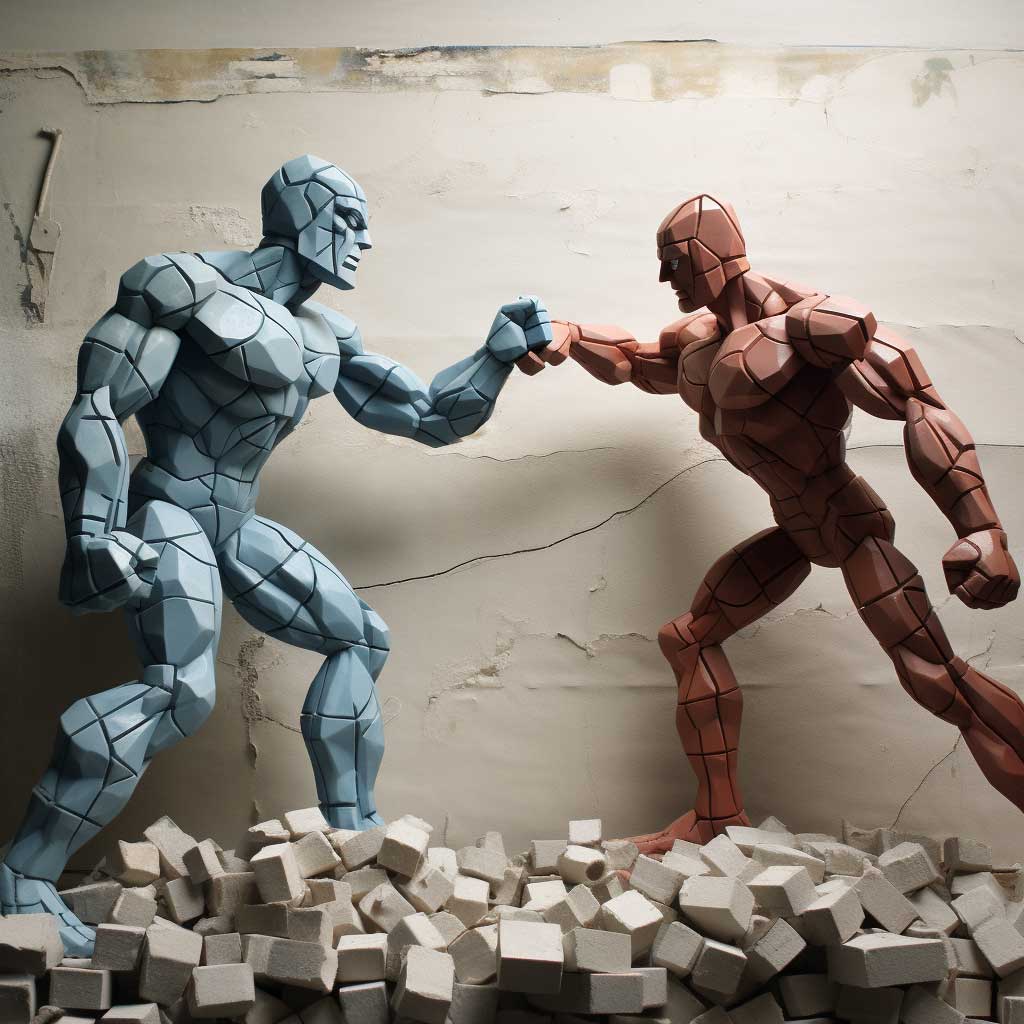Evolving Constructs: The New Vs. The Known
The architectural world stands at a crossroads, balancing the tried-and-true methods of yesteryears with the promise of tomorrow’s innovations. At this juncture, Insulated Concrete Forms (ICF) come forward, challenging traditional building techniques. Here, we dive into a comparative exploration, demystifying the advantages of ICF when pitted against conventional construction practices.
Speed of Construction: Efficiency Takes the Front Seat
ICF offers a streamlined approach, integrating insulation, structure, and sheathing into one step. This contrasts with traditional methods that often require layered processes, from erecting frames to adding insulation and then external sheathing.
- Swift Turnaround: With ICF, builders can rapidly stack blocks, pour concrete, and move ahead without waiting for materials like brick or wood to cure or set.
- Fewer Labour Demands: The simplicity of ICF reduces the need for specialized labor, unlike traditional methods that might require separate teams for framing, insulation, and finishing.
Thermal Performance: A Symphony of Comfort and Efficiency
While traditional homes rely on additional insulation to achieve desired thermal performance, ICF homes inherently excel in this domain due to their integrated insulation properties.
- Steady Temperatures: ICF walls offer a consistent thermal envelope, ensuring that indoor temperatures remain stable, reducing the demand on HVAC systems.
- Lower Energy Bills: The efficient thermal barrier provided by ICF translates to substantial energy savings, making it a cost-effective choice in the long run when compared to traditionally-built homes.
Strength and Durability: Standing Tall Through the Tests of Time
Traditional buildings, whether of wood or brick, face vulnerabilities, be it termites, moisture, or wear and tear. ICF steps ahead with its promise of long-lasting resilience.
- Resistance to Elements: ICF constructions inherently resist rot, mold, and pests, challenges that often plague wood-based structures.
- Withstanding Calamities: Whether it’s the roaring winds of hurricanes or the tremors of earthquakes, ICF buildings showcase an admirable ability to endure, outperforming many conventional counterparts.
Acoustic Comfort: A Symphony of Silence
Where traditional methods often necessitate additional acoustic insulation to dampen external noises, the dense nature of ICF provides a natural sound barrier.
- Peace Indoors: ICF walls significantly reduce the penetration of external noises, from bustling traffic to roaring storms, ensuring a tranquil indoor environment.
Environmental Considerations: Treading Lightly on Earth
The sustainability offered by ICF, both in construction and lifetime energy savings, makes it a green choice compared to many traditional methods.
- Reduced Waste: ICF construction typically generates less waste material, both in terms of discarded materials and on-site mess.
- Carbon Footprint: The energy efficiency inherent in ICF homes means less reliance on power sources, leading to a reduced carbon footprint over the building’s lifespan.
An Era of Informed Choices
As the construction landscape burgeons with choices, understanding the nuances becomes pivotal. ICF, with its myriad benefits, rises as a compelling alternative to traditional building methods. It isn’t just about constructing walls and roofs; it’s about crafting sanctuaries of safety, efficiency, and longevity. In the narrative of modern construction, ICF increasingly reads like a chapter of transformative change.
